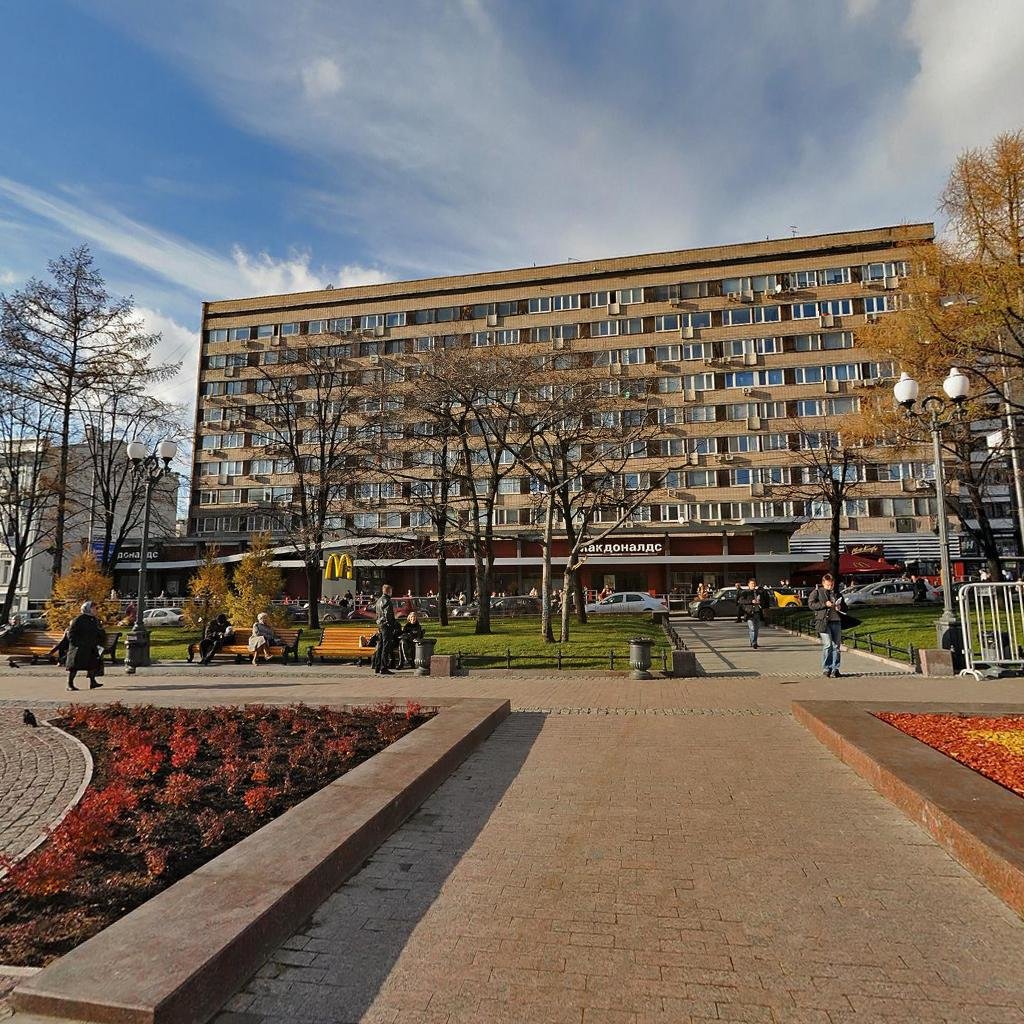Nikolay Vasilyevich
Tomsky
1900-1984

Nikolay Vasilyevich Tomsky was the President of the USSR Academy of Arts, a sculptor-muralist, the Hero of Socialist Labor. He was born in the village of Ramushevo, the Starorussky uyezd, the Novgorod province, now the Starorussky district, the Novgorod region, in the family of a blacksmith. His real surname was Grishin. With the outbreak of the Civil War, he was drafted into the Red Army, fought and was wounded. After the Civil War, he returned to Staraya Russa, where he began to show interest in fine art, he drew a lot and entered the drama circle of the People’s House, organized on the initiative and efforts of the painter and wanderer V.S. Svarog, who advised N.V. Tomsky to take up modeling. In 1923 he went to Petrograd, where he entered the sculpture faculty of the Art and Industrial College, which he graduated in 1927. He was first exhibited in 1925 at the Leningrad Museum of the Revolution at an exhibition dedicated to the memory of V.I. Lenin. In the 1920s and 1930s he participated in the restoration of monumental and decorative sculpture of Leningrad, studied the traditions of the Russian school of sculpture of the XIX century, which influenced his plastic manner, a combination of individual and typical, characteristic gesture and carefully modeled forms, finishes, creating images imbued with pathos and heroic pathos. At that time, the artist was working on a monument to S.M. Kirov. In 1935, the All–Union competition of monument designs was announced in Kirovskaya Square near the building of the District Council of the same name in Leningrad – the work of the sculptor N.V. Tomsky won. The monument was opened on December 6, 1938. On the pedestal there are bas-reliefs dedicated to the theme of the civil war and labor. This work was awarded the Stalin Prize of the USSR – the first state award for N.V. Tomsky. During the Great Patriotic War, while being in besieged Leningrad, he took an active part in camouflage operations aimed not only at solving defence tasks, but also at saving the cultural heritage of the besieged city. He led a team of sculptors who worked on relief propaganda posters. After the war, the sculptor worked in Moscow. He led teams of sculptors who created monumental figures for Moscow skyscrapers, worked on the design of the Moscow metro. Since 1948, N.V. Tomsky taught at Moscow Art Institute (rector from 1964 to 1970). He took an active part in public life. With his help, one of the major architectural monuments of the late XIX century was preserved – the Church of the All-Merciful Savior, which the Soviet authorities tried to demolish in 1979. In 1929 the cathedral was closed, after which all the interior decoration was removed, and the frescoes were painted over, the heads and the bell tower’s ringing tier were demolished. In fact, in 1976 the church building was transferred to the jurisdiction of Moscow State Technological University «Stankin», whose leadership decided to dismantle this architectural and historical masterpiece for its uselessness and build academic buildings in its place. For outstanding services in the development of Soviet fine art and in connection with the seventieth anniversary of the birth by Decree of the Presidium of the Supreme Soviet of the USSR of December 18, 1970 People’s Artist of the USSR Nikolai Vasilyevich Tomsky was awarded the title of the Hero of Socialist Labor with the award of the Order of Lenin and the gold medal «Hammer and Sickle».
Address: Moscow, Bolshaya Bronnaya str., 29

